The rhythmic thud of gloves against pads echoes through the gym as a boxer seamlessly transitions from a jab to a cross, then pivots into a devastating hook. To the untrained eye, it looks like instinct—but what’s really at work is something far more deliberate: muscle memory. This invisible force transforms complex combinations into fluid, automatic movements, allowing fighters to react faster than thought itself. The science behind how boxers develop this instinctual precision is as fascinating as the sport itself.
Muscle memory isn’t about muscles "remembering" in the literal sense. It’s a neurological phenomenon where repetitive training rewires the brain to execute movements with minimal conscious effort. When a boxer drills a combination thousands of times—say, a jab-cross-hook—the brain creates optimized neural pathways that bypass slow, deliberate processing. Over time, the sequence becomes ingrained, freeing the fighter to focus on strategy rather than mechanics. This is why elite boxers can throw blindingly fast combos while adapting to an opponent’s movements in real time.
The process begins with conscious incompetence. A novice thinks through each punch, often telegraphing moves with awkward pauses. But as training progresses, the cerebellum (the brain’s movement coordinator) takes over. Studies using fMRI scans show that practiced boxers exhibit reduced activity in the prefrontal cortex—the region responsible for decision-making—during combinations, indicating automation. Meanwhile, the basal ganglia, which governs habitual actions, lights up. This shift is the hallmark of muscle memory: what once required painstaking focus now feels effortless.
Shadowboxing plays a pivotal role in this transformation. Without the resistance of a bag or opponent, fighters refine technique at full speed, engraving precise movement patterns. Legendary trainer Cus D’Amato famously had Mike Tyson shadowbox for hours daily, honing combinations until they became "as natural as breathing." Modern sports science confirms this approach: a 2021 Journal of Sports Sciences study found that shadowboxing activates mirror neurons, which reinforce motor patterns by mentally simulating actions.
However, not all repetition is equal. Deliberate practice—the kind that pushes boundaries—is key. Simply throwing mindless punches ingrains bad habits. Instead, coaches emphasize "perfect reps": slowing down to perfect form before gradually increasing speed. Footwork drills further cement combinations into muscle memory by integrating lower-body mechanics. As boxing biomechanist Dr. Emily Sanders notes, "A combination isn’t just arm movements; it’s a kinetic chain from the toes to the fist."
The role of fatigue is paradoxical. While exhaustion degrades form, training under moderate fatigue—common in late-round pad work—teaches the body to maintain technique when tired, a crucial fight-night skill. But there’s a limit: overtrained muscles recruit "cheat" movements, corrupting muscle memory. Smart boxers balance high-intensity drilling with recovery sessions where they visualize combinations, leveraging mental rehearsal to reinforce neural pathways without physical strain.
Technology now accelerates this process. Wearable sensors like the StrikeTracker glove provide real-time feedback on punch velocity and angle, allowing immediate correction. Virtual reality systems take it further, simulating opponents to drill reactions. A 2023 University of Queensland study showed VR-trained boxers developed combo proficiency 37% faster than traditional methods. Yet purists argue nothing replaces the tactile feedback of hitting an actual heavy bag—the body’s ultimate teacher for calibrating power and timing.
Ultimately, muscle memory’s magic lies in its duality. It makes complex combinations automatic yet leaves room for creativity. When Canelo Álvarez strings together a five-punch combo he’s never thrown exactly before, it’s not improvisation—it’s his brain accessing a library of ingrained movements and recombining them on the fly. As boxing evolves, so too will training methods, but one truth remains: the sweet science will always be written in neural pathways forged through relentless, intelligent repetition.
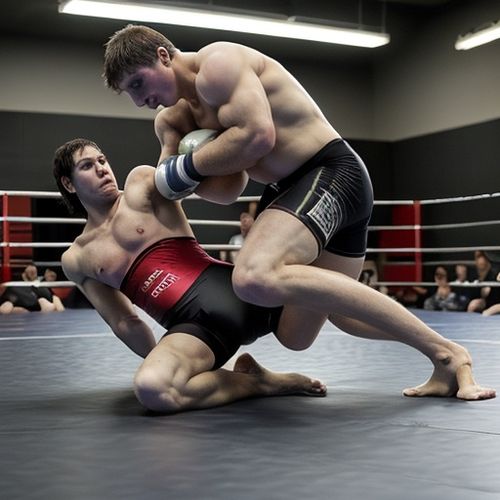
By James Moore/May 9, 2025
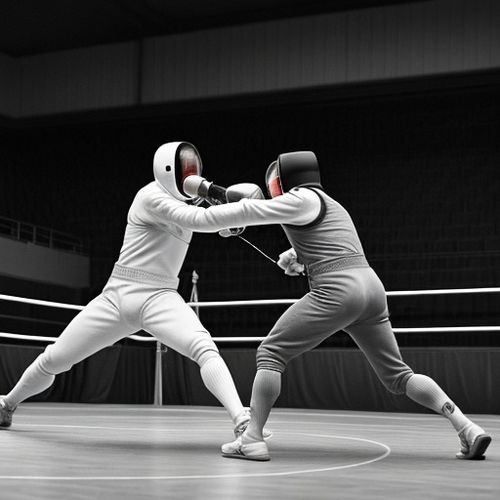
By Christopher Harris/May 9, 2025
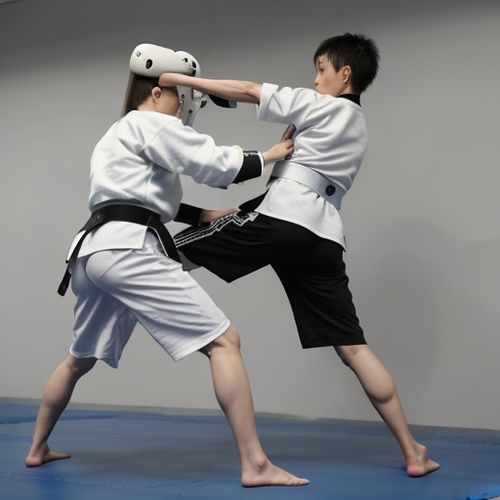
By Elizabeth Taylor/May 9, 2025
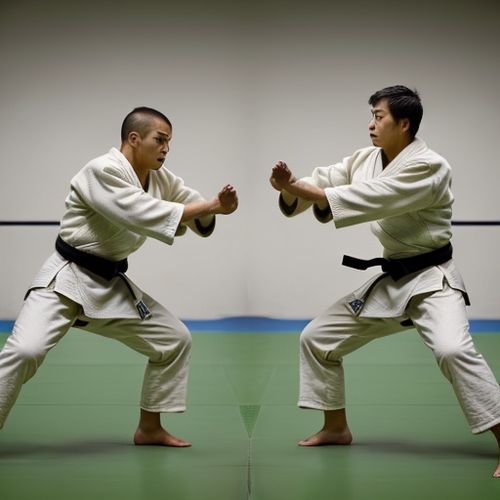
By Amanda Phillips/May 9, 2025

By Daniel Scott/May 9, 2025

By Laura Wilson/May 9, 2025
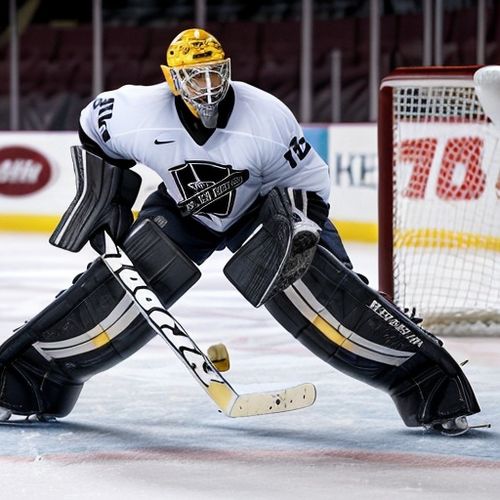
By Christopher Harris/May 9, 2025

By William Miller/May 9, 2025
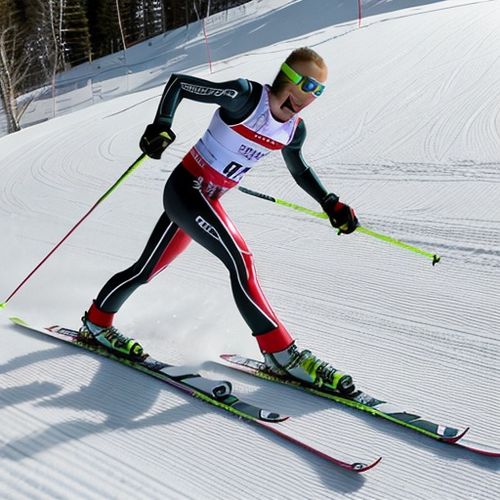
By Jessica Lee/May 9, 2025
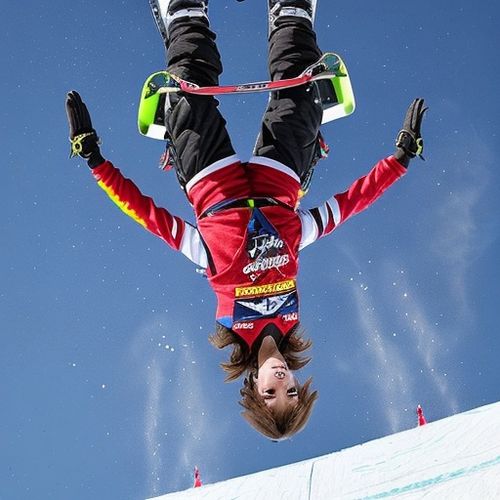
By Noah Bell/May 9, 2025
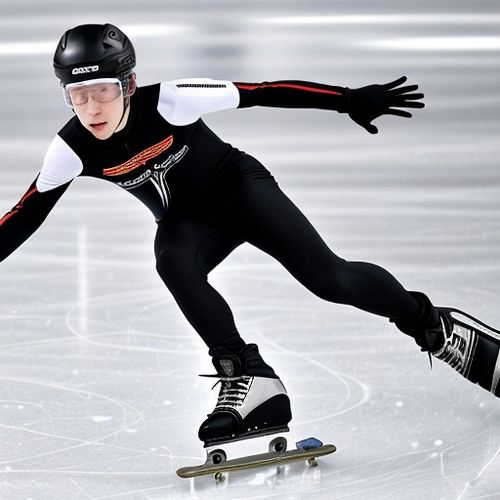
By Amanda Phillips/May 9, 2025
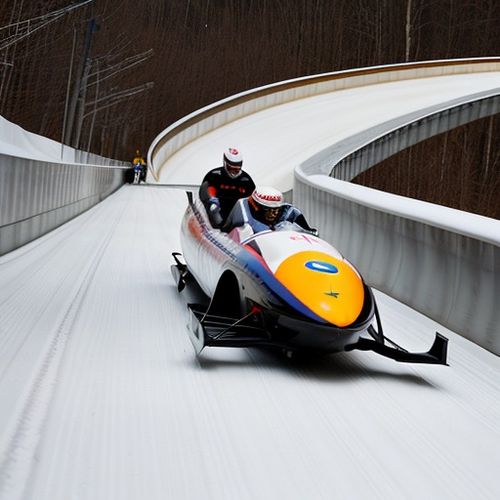
By Samuel Cooper/May 9, 2025
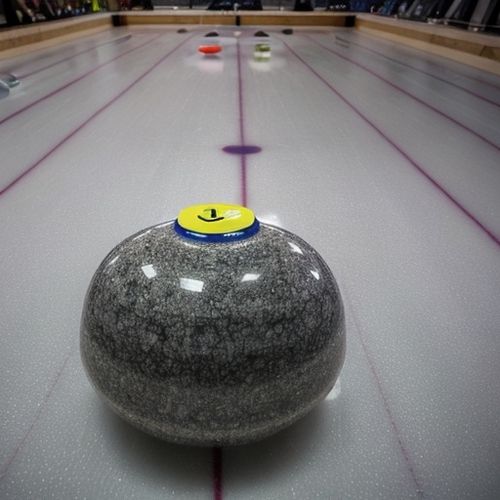
By William Miller/May 9, 2025
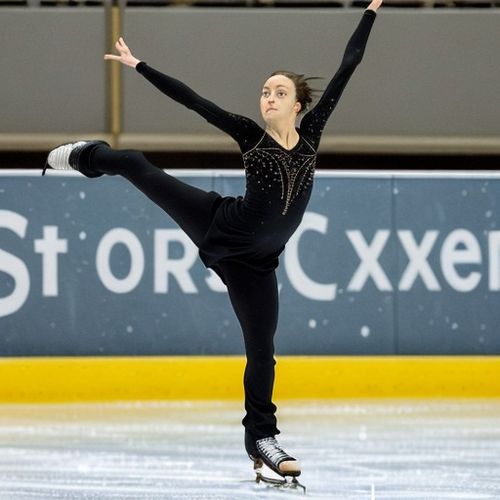
By Olivia Reed/May 9, 2025

By Natalie Campbell/May 9, 2025

By Sophia Lewis/May 9, 2025

By Sarah Davis/May 9, 2025
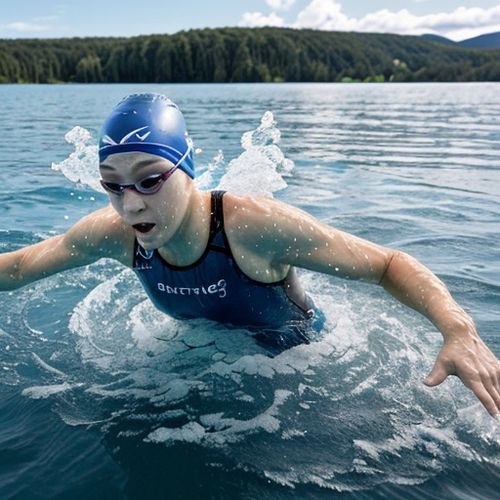
By Grace Cox/May 9, 2025
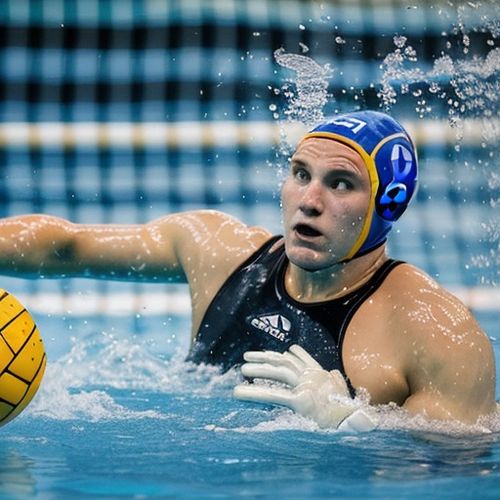
By John Smith/May 9, 2025

By Noah Bell/May 9, 2025